After having a good time and meal, the last thing you want to think about is cleaning your cookery. However, some kitchen equipment is quite easy to clean, and an electric rice cooker is one of these items.

In this article, we will share some smart hacks on how to clean a rice cooker properly and easily.
Table of Contents
How to clean a rice cooker?
Rice cookers are one of the handiest kitchen units of today. A rice cooker is an electronically powered machine that is super-easy and handy to use. To make perfectly cooked rice, an electric rice cooker needs just a few minutes, and you need just load it with rice, water, and other ingredients you need, and then set it up.

However, like any other electrical appliance, rice cookers need proper maintenance. The main thing to keep in mind is that not all rice cookers are made the same. So, the cleaning process can vary depending on your electric rice cooker.
According to the brands and materials they are made of, rice cookers may require different cleaning steps. Some of them featured a self-cleaning cycle, which makes it much easier to clean such an appliance. The others don’t have this feature and have different structures.
In addition, the cleaning process can be difficult after cooking some varieties of rice. Since some of them are quite starchy, there is always some residue in the inner pot.
Why do you need to clean the rice cooker?
Of course, there is often a great temptation to skip rice cooker cleaning or delay it for some time. However, you have to understand all the risks related to such a decision.
If you don’t clean your rice cooker properly, there is a high risk of getting mold and mildew inside the unit. The excess moisture and food particles inside the rice cooker create a great breeding ground for harmful microorganisms. The mold and mildew accumulation will further affect your food and lead to different health conditions.
In addition, this can lead the metal parts to rust, which can affect both your food and the unit itself. A rusty rice cooker can’t work for a long time, so keeping it clean and dry is essential.
Anyway, keep in mind that you must clean a rice cooker after every cooking session to prolong its life.
Step-by-step cleaning guide for rice cookers
Generally, for each type of cleaning process, there are some common points to follow.
Step 1: Learn the safety instructions
No matter what brand your rice cooker is, always read the safety guide! Since your rice cooker is an electrical appliance, there are always some safety precautions given in the manual.

The main rule of thumb for any rice cooker is to keep all the electrical parts away from water exposure. To avoid any accidents, never forget to unplug your rice cooker before cleaning!
Other points to consider can vary depending on the rice cooker model you have. In certain models, there are some rice cooker parts with special coatings. Watch out for the coating to know if you can use harsh or abrasive cleaners.
Always check if your unit is dishwasher-safe to avoid any serious damage.
Step 2: Unplug the rice cooker and let it cool down
Before you start cleaning your rice cooker, make sure it is unplugged.
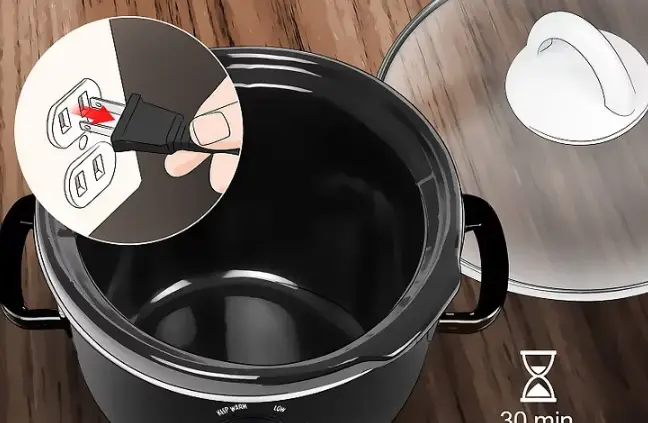
Then, let it cool down completely. It is the most important point if you have a rice cooker with a dual-wall setup. As the outer skin can be already cool to the touch, the inner pot can still be too hot. Don’t forget about this point!
For the best and safest result, let the hot plate stay and cool completely for about 30 to 60 minutes. Then, make sure that your unit is cool, and proceed with the next step.
Step 3: Remove the burnt rice grains
Explore the main pot to make sure there are no pieces of burnt rice that got stuck on the surface. Don’t ignore these grains as they will get harder to remove with time.
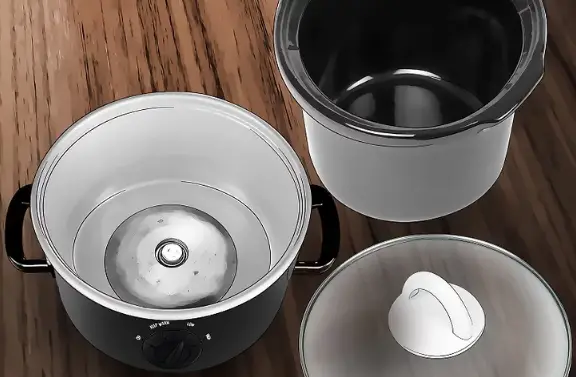
Gently scrub the burnt rice off with a soft cloth or sponge soaked in warm soapy water. Don’t use any abrasive materials so as not to damage the protective coating of your rice cooker! Be careful, especially with the rice cooker bottom.
Step 4: Detach and clean the removable parts
The best way of cleaning a rice cooker is to reassemble all the detachable parts and clean them separately.
Mainly, a rice cooker contains a detachable lid, the inner pot, and the base of the unit with the hot plate. In some models, there may be a steamer basket or some other removable parts such as a steamer tray, ladle, condensation collector, or measuring cup.
When you take all the parts out, proceed with thorough separate cleaning.
Step 5: Clean the inner pot
The inner pot of your rice cooker has the largest amount of food residue after cooking rice. A good rule of thumb is to wash the inner cooking pot after every use, or else the starch buildup will accumulate and harden inside it.
To remove the sticky residue, rinse the pot with running hot water. This step will make it easier to remove the most stubborn remnants.
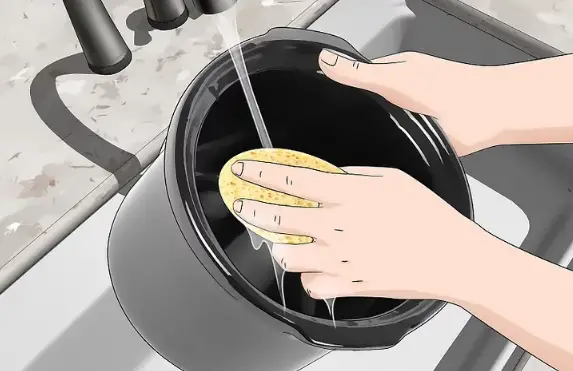
Now, remove the food particles with a help of warm water, mild dish soap, and a clean moist cloth. After that, rinse the pot in the hot water again. Check if there are still any rice remnants.
Repeat the cleaning process if necessary. If the inner pot is already clean, just wipe it off with a dry cloth and set it aside.
Remember that you mustn’t use any metal utensils or scrubbers such as steel wool or any metal tools so as not to damage the protective coating in the pot!
Step 6: Clean the lid
When you cook rice, a lot of steam condenses on the rice cooker lid. This can lead to water buildup that causes mineral deposits and mold growth. To prevent all these issues, clean the inner lid of your rice cooker.
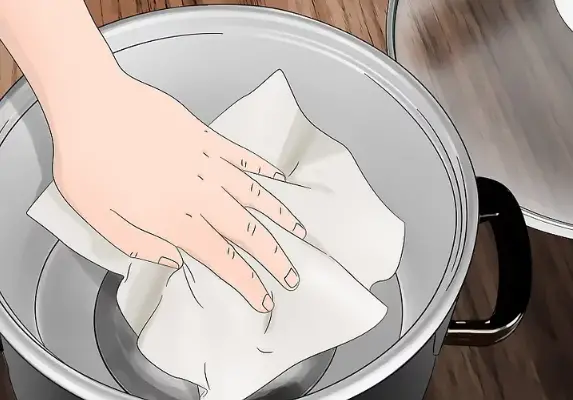
After each use, wipe down the inner lid with hot soapy water. This simple step can help your rice cooker to live a long life.
Step 7: Clean the heating plate
An outer part of your rice cooker, which is also known as a rice cooker casing or cooking unit, contains a heating element and an electric plug. No way should you clean it with a help of water!
A hot plate can be made of various metals, such as aluminum, plastic composite, or even stainless steel.
Use a wet clean cloth to gently wipe the inside and the heating plate. In case of any rice residue sticking on the surface, moist a cloth in warm soapy water. Gently rub the sticky mess or tough stains on the cooking surface with a damp cloth.
Then, rinse the cloth with clean water, and wipe the surface again. As soon as the surface is clean, use a clean cloth to completely dry the inside areas.
As for the outside surface, you should clean it regularly as well. Clean it at least once a week or more, depending on how often you use a rice cooker.
To clean the exterior of your rice cooker, use some mild detergent and a soft moist rag. For the hard-to-reach areas, take a soft bristle toothbrush and deep-clean them.
Step 8: Deal with the stubborn stains
If there are some stubborn spots on your rice cooker, make use of a natural cleaning solution such as vinegar or baking soda. You can use them separately, or make a cleaning paste of vinegar and soda in equal parts.
With a bit of elbow grease, your rice cooker will be shiny and clean again!
Step 9: Rinse and dry all the parts completely
After cleaning. never forget to rinse all the parts of your rice cooker thoroughly, and dry them completely. If your rice cooker is covered with a non-stick coating, be careful when cleaning it so as not to damage it.
Ma
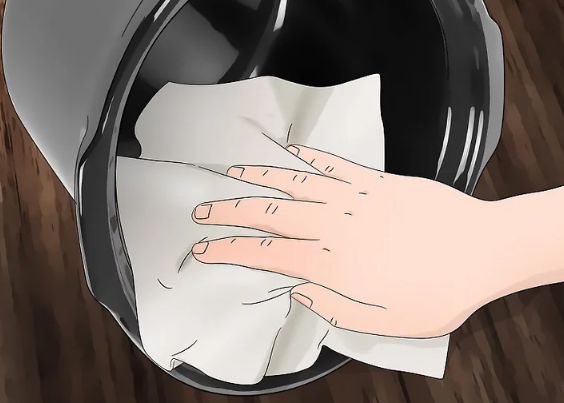
ke sure that all the parts are completely dry. For the best effect, let them air-dry for a few hours before assembling them again.
FAQ
Can you clean the inside of a rice cooker?
Since the rice cooker is a detachable unit, you should reassemble all the parts before cleaning them. Always clean the inside pot separately, so as not to damage the electrical elements with water.
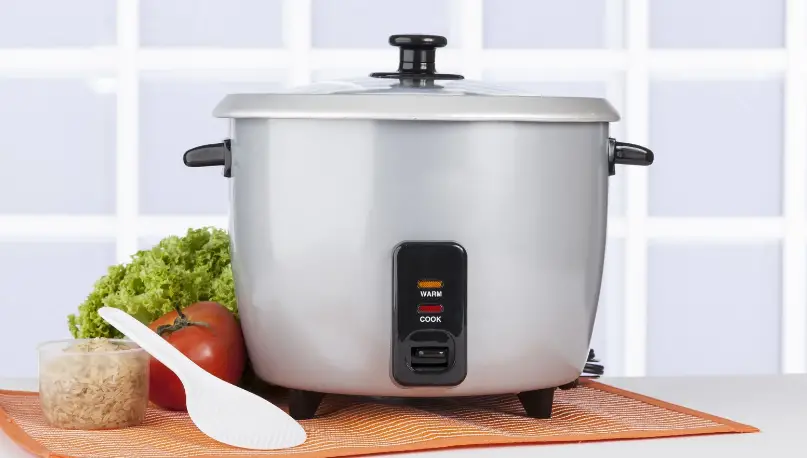
Clean the inner pot with hot soapy water. In case of too stubborn food chunks inside, try to scrape them gently with a plastic spoon, or use a cleaning paste of vinegar and baking soda. Then, rinse well and let it fully dry.
How often should I clean my rice cooker?
Clean your rice cooker after every cooking session. This is at least more sanitary to use a perfectly clean rice cooker. What is more, regular cleaning prevents rice grains from sticking to the cooking surface. When the food remnants turn into a crusty mess, it will take more serious elbow grease to get rid of it.
How do you clean a rice cooker with vinegar?
White vinegar is a great cleaning solution for many units in your home. As you can guess, a rice cooker is not an exception.
To make a natural cleaning agent, mix one part vinegar with three parts water. Then, pour this mixture into the cooking pot. Turn the rice cooker on and set it up to boiling. When the mixture boils, turn the cooker off and let it cool down.
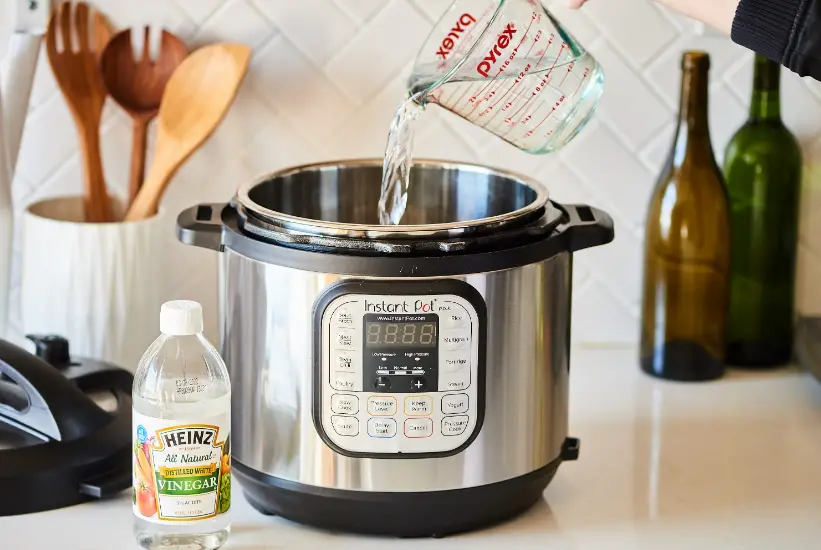
As soon as the cooker is cool, pour the mixture away. Then, detach and thoroughly rinse the cooking pot with clean water.
How do I keep my rice cooker cleanliness?
Clean your rice cooker regularly. Never skip cleaning after every cooking, so as not to face some harder problems, such as rust, mold, and mildew.
Always cook on a flat and stable surface to prevent food from uneven cooking and burning. This will allow you to cook the rice evenly, so it won’t stick to the bottom of the cooking pot.
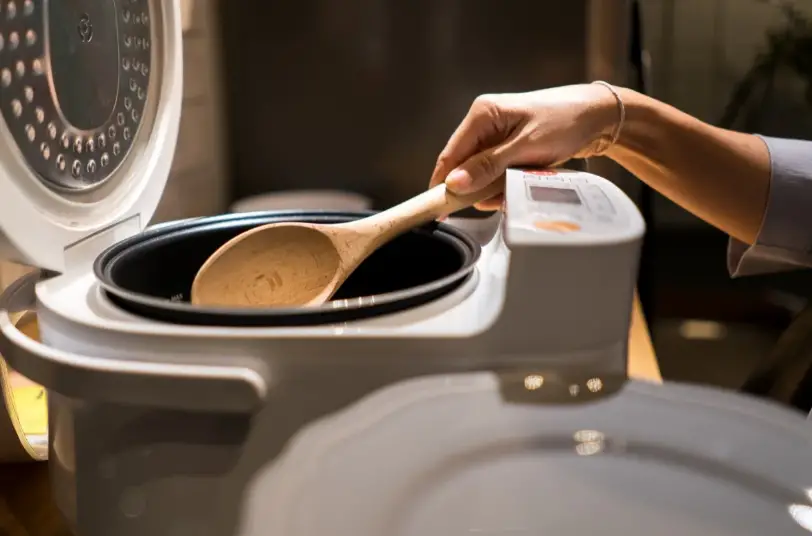
Remove the food residue and stains from the cooker’s surface with a moist rag or damp cloth. For the tougher stains, use a cleaning spray or paste to clean them away.
Since you cook on high heat, use gentle and non-toxic cleaners. Avoid using more heavy-duty cleaners, as their chemical remains can get into your food.
How do I clean my rice cooker without scratching it?
Never use abrasive sponges when cleaning a rice cooker! Instead, clean it with a damp cloth or a non-abrasive soft sponge. Let the cooking pot soak in hot soapy water, so the food will fall off the inside surface.

Avoid using a metal utensil even for the toughest stains. It’s better to make use of a baking soda and vinegar cleaning solution to get rid of the stubborn food mess.
Final thoughts
Now, that you know how to clean a rice cooker, you can keep it in perfect working condition. The cleaner your rice cooker, the longer life it will live! Read about difference between air fryer and pressure cooker

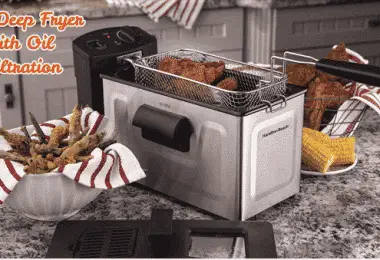

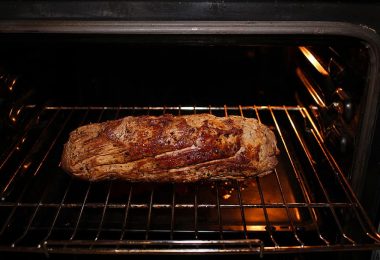

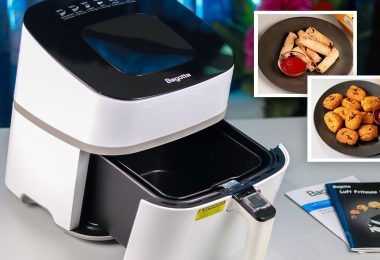

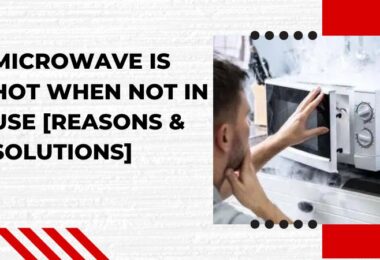
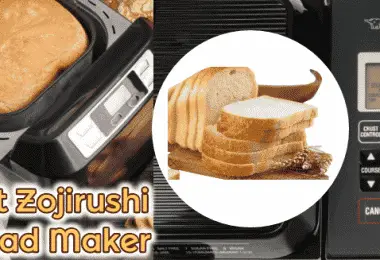
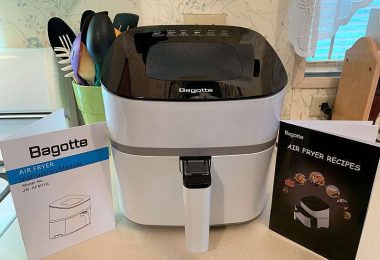
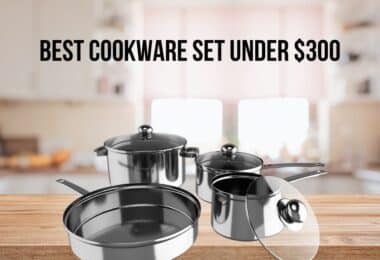

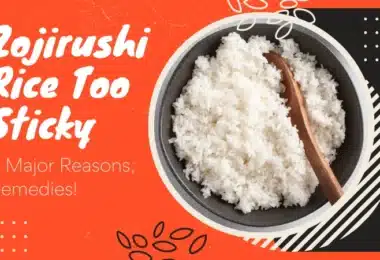
Leave a Comment